
Ho Chi Minh City center - Photo: QUANG DINH
With its outstanding economic scale (contributing 24% of the country's GDP) and a population of nearly 14 million after the merger, Ho Chi Minh City - where the stock market, commercial banking system, investment funds and many international financial institutions are concentrated - has the basis and ambition to develop into a regional and international financial center. The question is how to materialize that ambition into reality?
First of all, in my opinion, it is necessary to improve financial institutions and infrastructure. Despite having a specific policy framework, Ho Chi Minh City still has to proactively improve the financial business environment comprehensively.
Experience from major financial centers shows that core elements include a transparent and stable legal framework, modern technology and payment infrastructure, an open investment environment, high-quality human resources and reasonable tax incentives.
Prime Minister Pham Minh Chinh emphasized that if Vietnam does not have outstanding and different policies, it will be difficult to attract large financial investors.
Therefore, Ho Chi Minh City needs to coordinate with the central government to review and supplement more favorable legal regulations, such as allowing new financial products (derivatives, digital currencies, digital assets) to be tested; loosening foreign ownership ceilings at banks and securities companies; simplifying licensing procedures for investment funds, fintech, etc.
At the same time, the city should invest heavily in digital infrastructure for the financial sector, such as a 24/7 interbank payment system, a centralized customer data platform, and a one-stop financial public service connection portal.
A special financial district in Thu Thiem needs to take shape soon with office buildings, conference centers, and international-standard telecommunications infrastructure to attract bank headquarters and investment funds.
With the addition of Binh Duong and Ba Ria - Vung Tau , Ho Chi Minh City can expand its regional financial role. Establish financial center branches or satellite financial service areas in Thu Dau Mot and Vung Tau.
These locations will provide investment banking, financial leasing, insurance, M&A consulting services... locally, serving large industrial and energy enterprises, instead of all having to go to Saigon.
This “financial satellite” model is similar to the way New York links with New Jersey or London with Canary Wharf – helping to disperse resources and reduce the load on the center.
Ho Chi Minh City should aim to develop a number of key financial service sectors to create its own mark on the international map.
For example, we can focus on green finance - funding sustainable projects, issuing green bonds, taking advantage of the rising ESG trend. Ho Chi Minh City is ranked second in the region in fintech and in the global top 30 in blockchain, this is an advantage to form a "financial Silicon Valley" in the region.
To do this, there needs to be an open sandbox mechanism to attract fintech startups across ASEAN to set up headquarters in Ho Chi Minh City, testing products such as e-wallets, P2P lending, digital currencies, etc.
Another direction is to develop trade finance and logistics - taking advantage of the import-export gateway position of Cai Mep - Cat Lai port cluster...
Experience from Shanghai - China's financial center - shows the need for free trade zones with superior incentives.
Ho Chi Minh City can propose to the Government to pilot a free financial zone in Thu Thiem. Tax exemption or very low tax for international financial transactions, free money transfer across borders, simplified financial customs procedures.
In addition, the city needs international financial human resources: there is a policy to attract experts and overseas Vietnamese in the financial sector to work (income tax exemption and reduction, housing support).
A "one-stop" mechanism for financial services must be established to avoid the current situation where foreign investors have to work through many management agencies.
Expanding Ho Chi Minh City must implement synchronously from institutional reform, infrastructure construction to human resource development and new products. Success will not come overnight.
This is a long-term journey that requires perseverance, steadfastness in simplifying procedures, upgrading management capacity and training high-quality human resources.
With determination and the right strategic steps, Ho Chi Minh City can shorten the gap, position itself as a dynamic and reliable financial center of the region, and make a worthy contribution to the Asian financial map.
Source: https://tuoitre.vn/de-tp-hcm-la-silicon-valley-tai-chinh-20250808101020923.htm



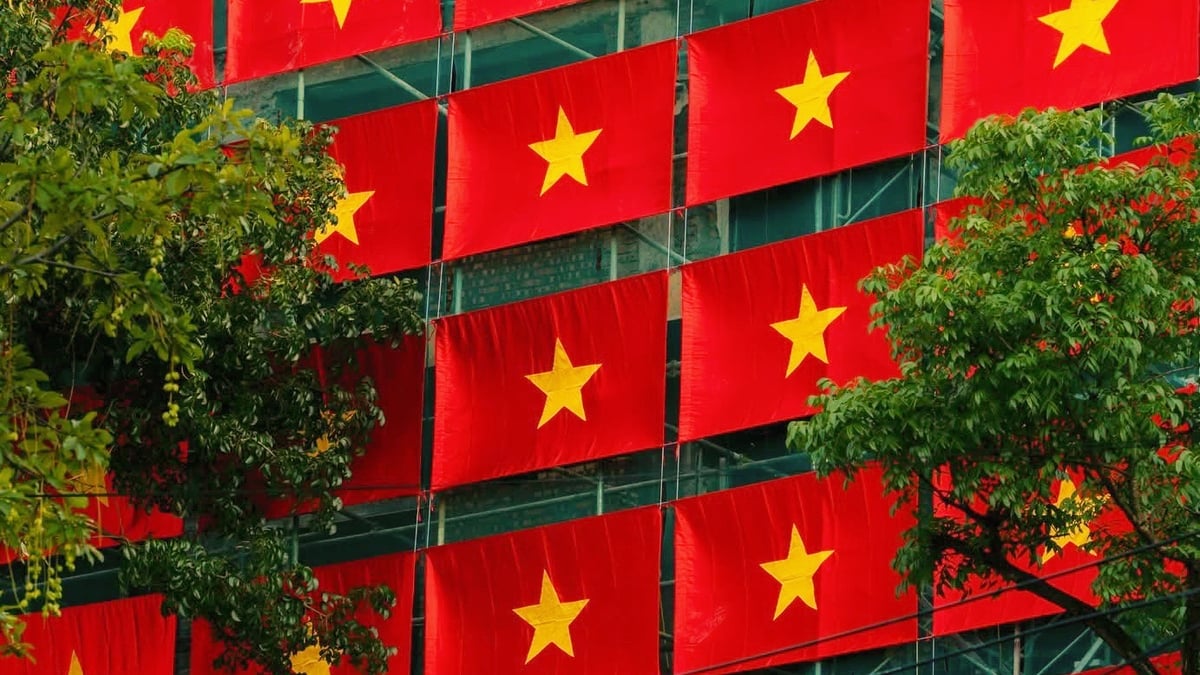
![[Photo] General Secretary To Lam attends the 80th anniversary of Vietnam's diplomacy](https://vphoto.vietnam.vn/thumb/1200x675/vietnam/resource/IMAGE/2025/8/25/3dc715efdbf74937b6fe8072bac5cb30)
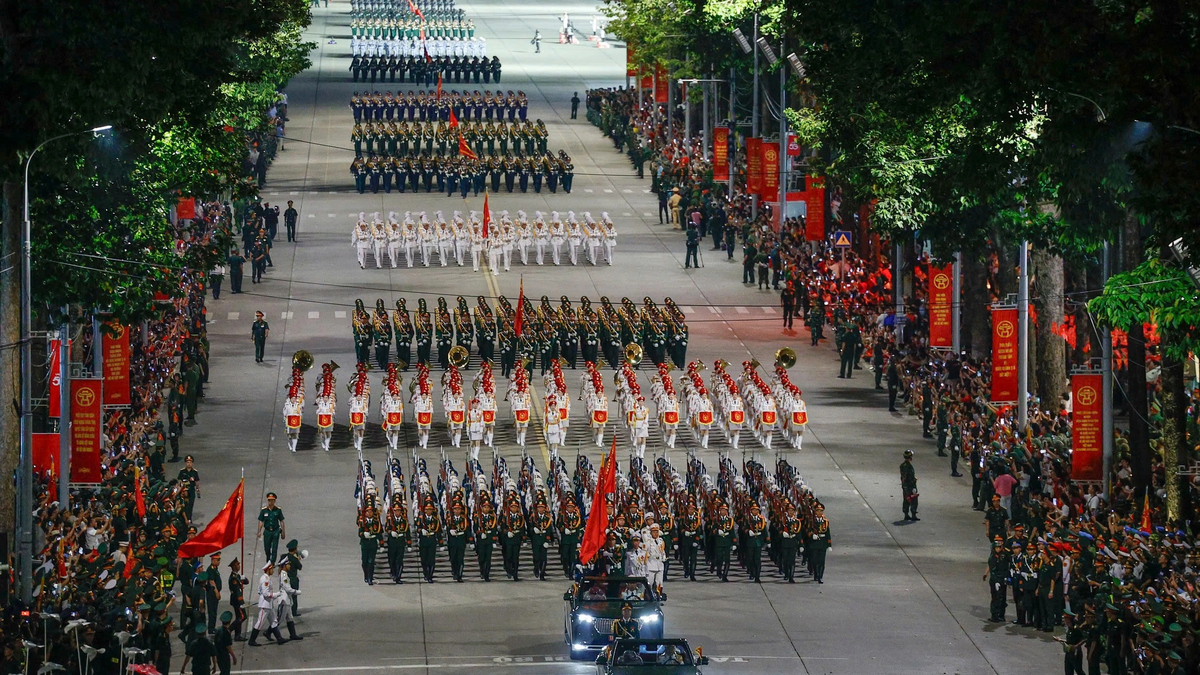


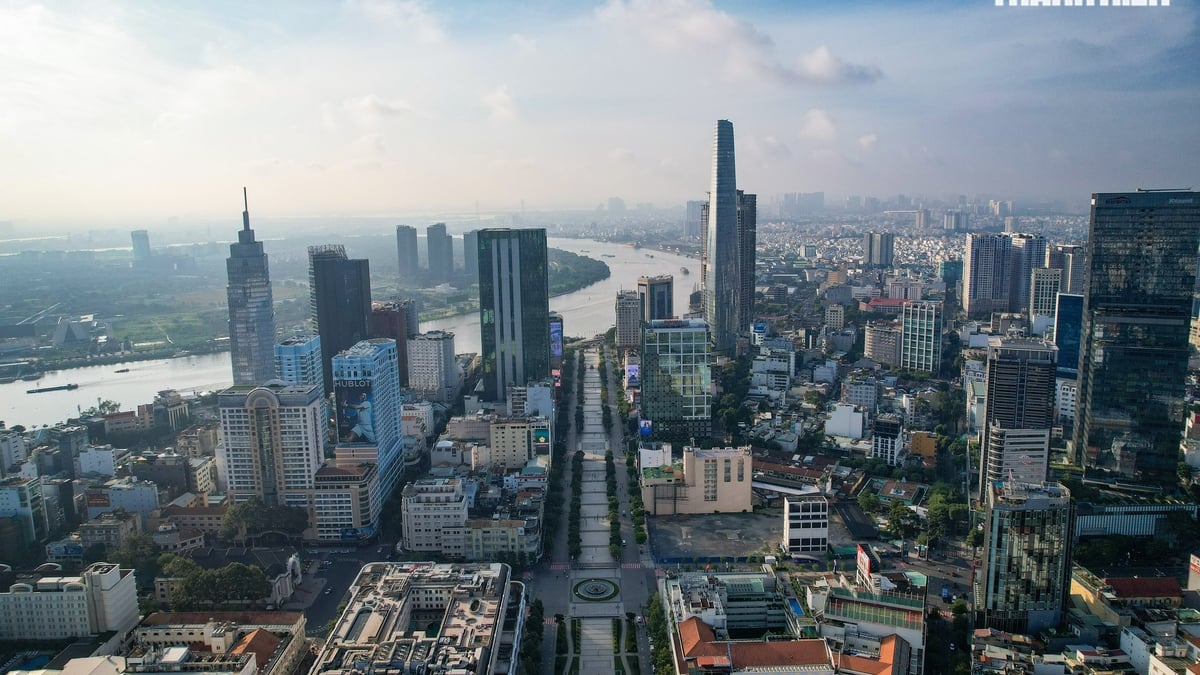
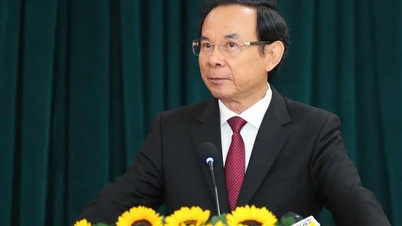


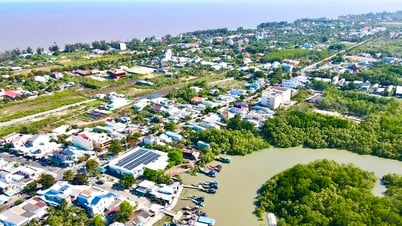







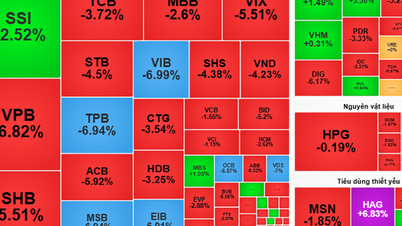
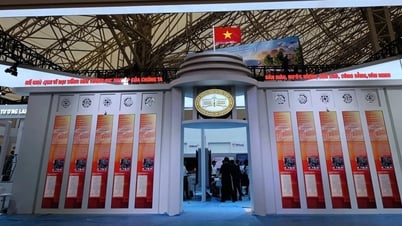

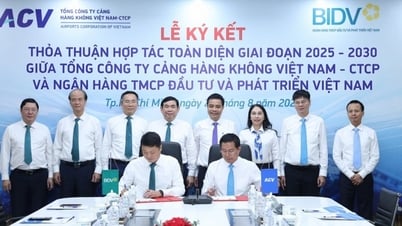


















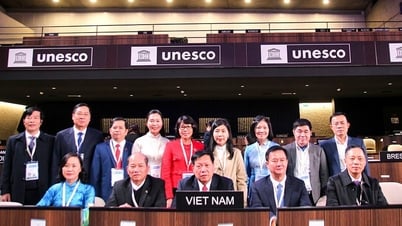

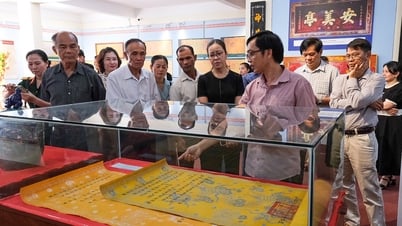














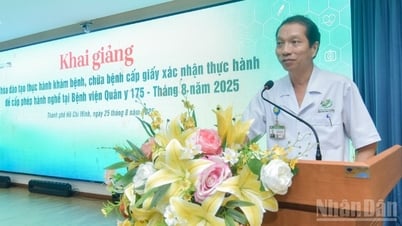




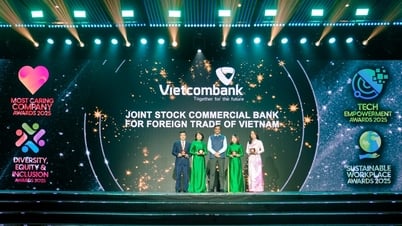


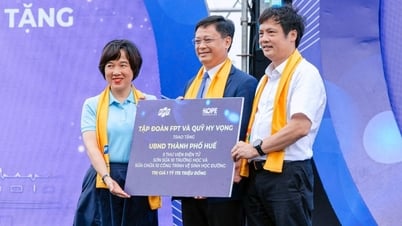













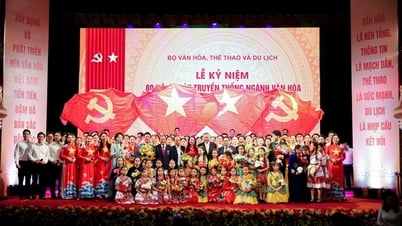
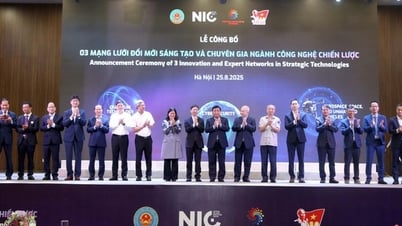

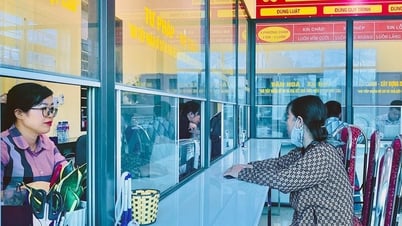







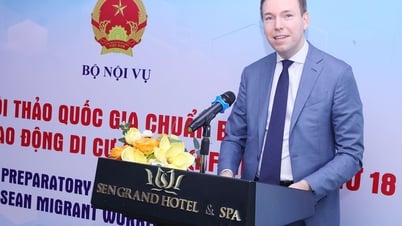






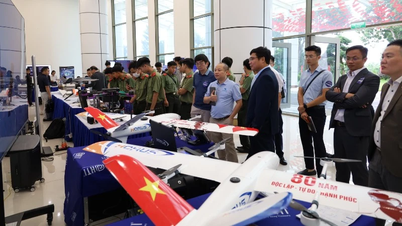






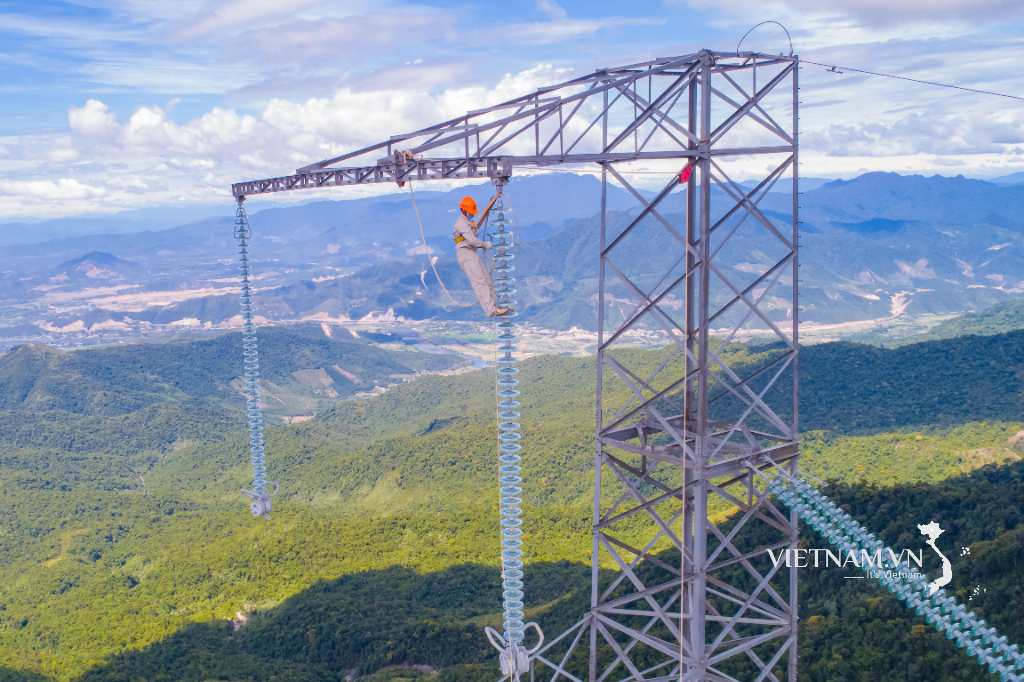


Comment (0)